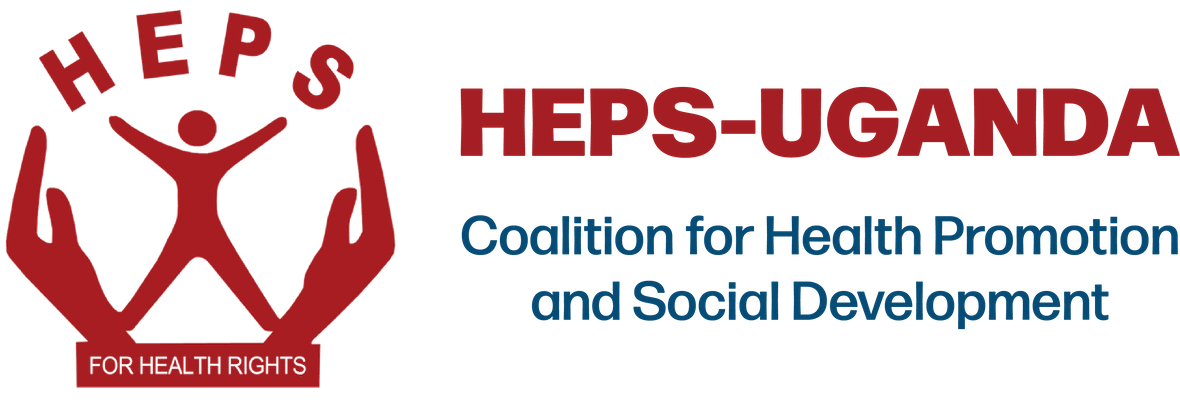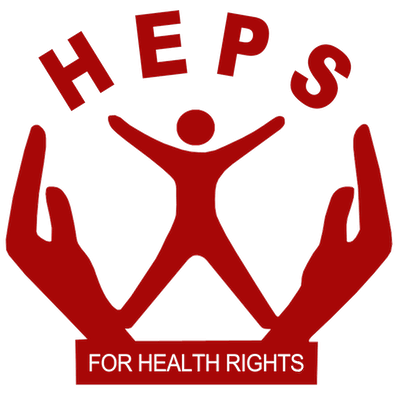With support from Global AIDS Alliance, civil society organisations (CSOs) in Uganda have launched a three-year Campaign to End Pediatric HIV/AIDS (CEPA) that focuses on overcoming policy and implementation bottlenecks to scaling up prevention of Mother -to-Child Transmission (PMTCT+) and pediatric diagnosis, treatment and care. Over the next three years, CEPA will advocate for accelerated actions to reduce the incidence of pediatric HIV/AIDS and measurably improve the delivery of treatment to children and mothers. CEPA seeks to increase coverage rates of PMTCT+ and pediatric treatment services from the current average of 30% to 40% to the globally agreed upon target of 80% and ensure high quality services.
Scope of Problem
Over 20,000 children get HIV infection through mother to child transmission annually in Uganda. The Ministry of Health estimates that 1,153,000 people are living with HIV in the country, including 88,919 children aged 0-14 years. This includes a total of 324,115 adults and 33,152 children in need of anti-retroviral treatment (ART). However, only 43% of the adults and 40% of the children in need of ART are actively on treatment.
Challenges to PMTCT+ and Pediatric HIV/AIDS Programmes
CEPA’s partners have identified two major types of bottlenecks that must be addressed in order to ensure that PMTCT+ and pediatric HIV/AIDS programmes are scaled up successfully.
- Policy bottlenecks like lack of long-term predictable financing; over-reliance on external funding for antiretroviral medications (ARVs); funding shortfalls and bottlenecks in disbursement from both domestic and international sources. Others are limitations on task-shifting to trained non-physician clinicians and; the lack of or unclear national policies and targets for scaling up access to pediatric HIV/AIDS services.
- Implementation bottlenecks like inadequate health-care worker training; lack of or insufficient transportation systems for health-care commodities; problems and supply chain management and; inadequate adoption of international and national guidelines for PPTCT+ and pediatric treatment.
CEPA’s Core Objectives for Overcoming Key Bottlenecks
- Family-centred care and nutrition
The focus is on: expanding access to PMTCT+ and pediatric treatment, care, and support, including nutrition services, and integrate child and family services with other health services in order to improve survival rates and health outcomes for children, HIV-positive mothers and their families. The lead implementer for this objective is Mama’s Club and The AIDS Support Organisation (TASO)
2. Early infant diagnosis and treatment
The focus is on: expanding access to early infant diagnosis and treatment and improve pediatric treatment in order to improve survival rates and health outcomes for children. The lead implementer for this objective is Pediatric Association of Uganda (UPA)
3. Access to appropriate medications
The focus is on: reducing distribution barriers and increase the global supply of high quality, low-cost life-saving medicines for children and their families, including ARVs, drugs to treat opportunistic infections and first-and second-line regimens to ease dosing and administration. The lead implementer for this objective is Coalition for Health Promotion and Social Development (HEPS-Uganda)
- Full funding to eliminate pediatric AIDS
The focus is on: securing the financial resources needed to facilitate country-level scale-up of PMTCT+ and pediatric and maternal treatment programmes. The lead implementer for this objective is the National Community of Women Living with HIV/AIDS (NACWOLA)
How to participate in CEPA- Uganda
CEPA is CSO/People led movement; please join the campaign. Contact HEPS-Uganda the coordinating organisation.
For more information, contact HEPS-Uganda
[Coalition for Health Promotion and Social Development]
Plot 351 A, Balintuma Road
P.O. Box 2426, Kampala; Tel: +256-414-270970
Email: info@heps.or.ug
Website: www.heps.or.ug
You can follow us on tweeter and facebook by: HEPS-Uganda




